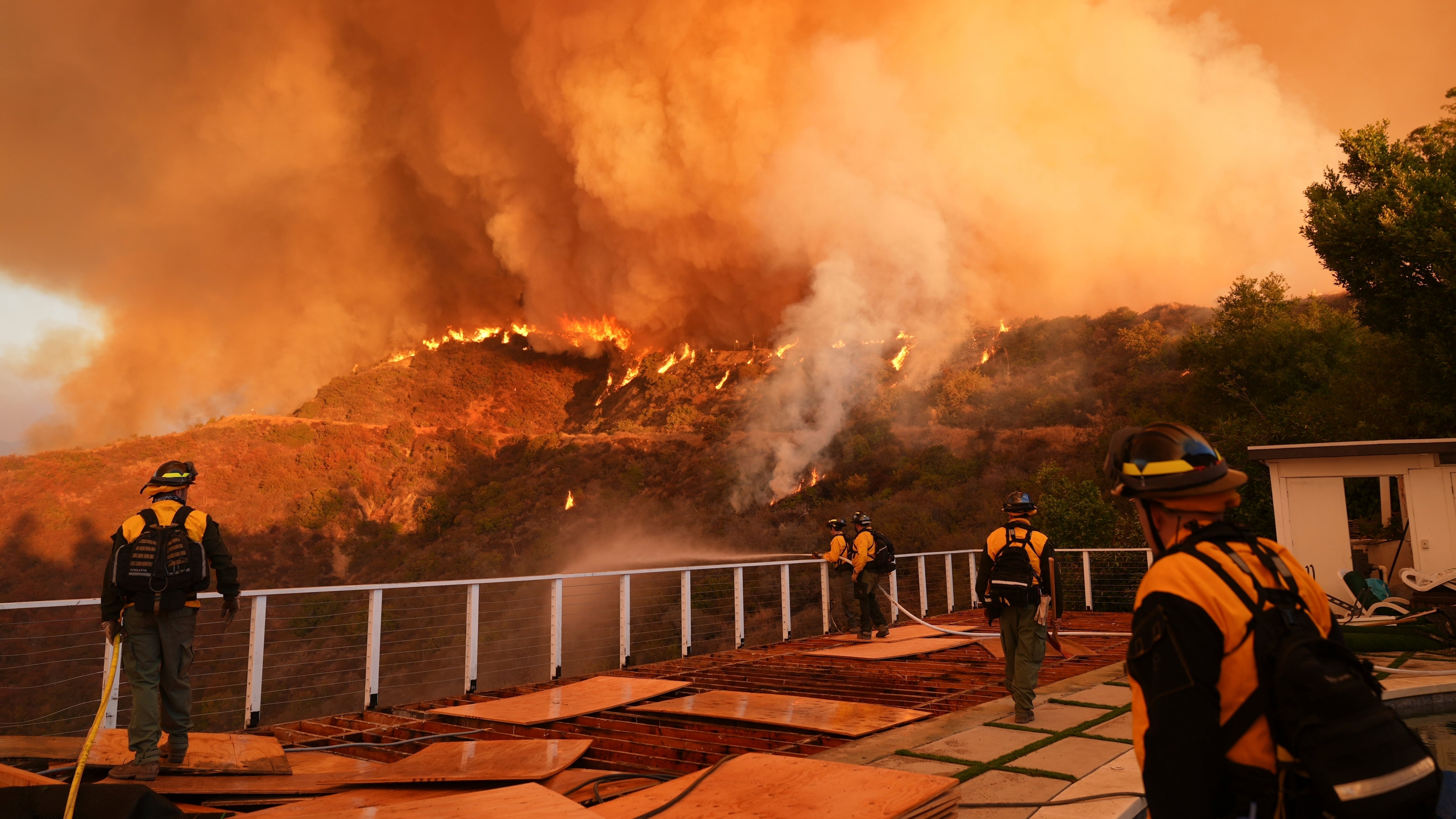The Los Angeles wildfire is seen as one of the worst forest fires in history, so much so that the President-elect of the United States, Donald Trump, compared its effect to that of a nuclear attack. More than 10,000 structures have been destroyed by the flames, which literally leave hell in their wake, with a death toll of over 25 and dozens missing. Amidst the tragedy, a natural phenomenon rarely seen has been captured: the fire whirls, also known as ‘firenados’ or ‘fire whirls’, which advance like a whirlwind of flames, destroying everything in their path.
PUBLICIDAD
Fire tornadoes are extremely rare and dangerous, occurring under specific conditions during wildfires. Recently, this phenomenon was sighted in the fires that ravaged areas of Los Angeles, leaving striking images and questions about its origin. One of the areas where it was seen was in Palisades.
PUBLICIDAD
What are fire tornadoes?
A fire tornado forms when intense currents of hot air, smoke, and flames create a vortex, similar to that of a conventional tornado. According to meteorologist Nancy Mathis, author of the book ‘Extreme Weather,’ she states that this phenomenon is caused by a combination of high temperatures, strong winds, and low humidity.
In an interview with National Geographic, Mathis explains: "A firenado occurs when flames generate enough energy to interact with air currents, creating a fire whirl that can reach temperatures exceeding 1,000 degrees Celsius“.
Factors behind fire tornadoes in Los Angeles
-High temperatures: El País reported that during the fires in Los Angeles, temperatures exceeded 40 °C, creating favorable conditions for the phenomenon to develop.
- Santa Ana Winds: these warm and dry winds, characteristic of Southern California, exacerbate fires and contribute to the formation of whirlwinds, explained Secret Los Angeles.
-Dry vegetation: the accumulation of dry combustible material, such as shrubs and trees, fueled the flames and increased the intensity of the fire, as detailed by Infobae.
Impact and danger
A fire tornado is not only visually impressive, but also highly deadly and destructive. It can reach speeds of up to 200 km/h and scatter embers over long distances, further spreading the fire.
According to Dr. Craig Clements, director of the Fire Weather Research Laboratory at San José State University, fire tornadoes also present a significant challenge for firefighters. In a publication for Science Daily, he mentions: “The unpredictable behavior and the speed at which firenados move make them an extreme threat to nearby communities and emergency teams.”
Lessons from the phenomenon
The sighting of a fire tornado in Los Angeles underscores the need to strengthen fire prevention and management measures in vulnerable areas. It also highlights the importance of investing in research on climate change and its effects on extreme events.
